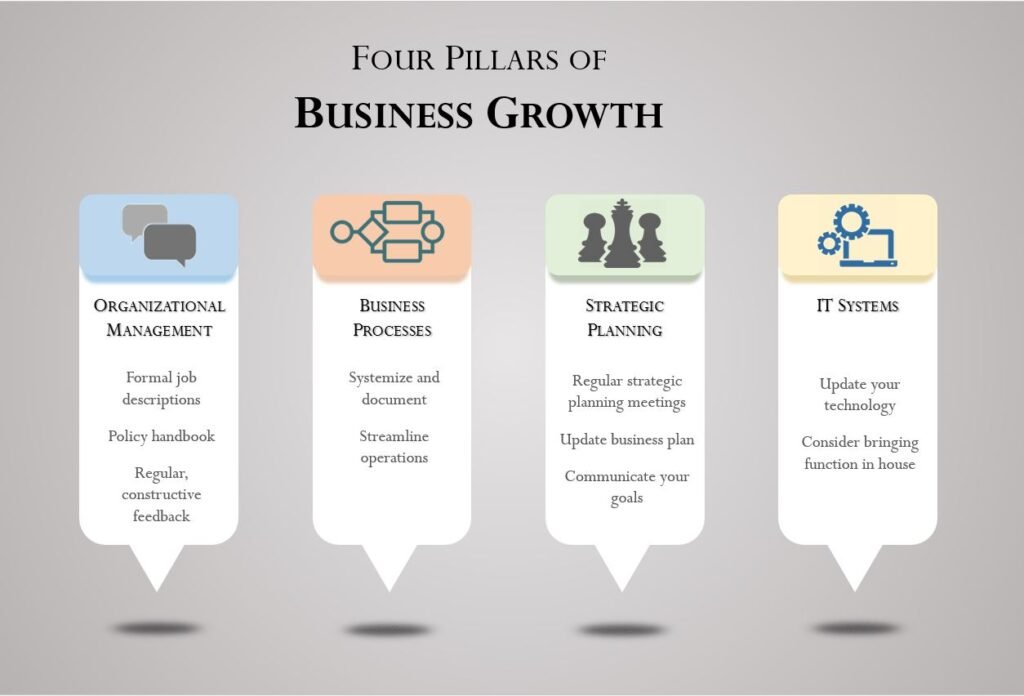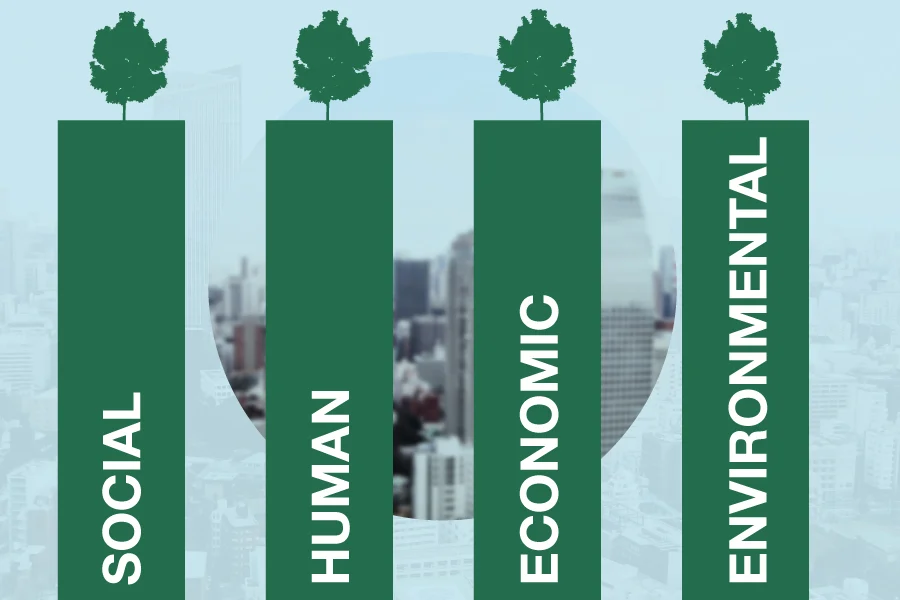

Business and Economy: The Pillars of Growth and Development are the driving forces behind the progress of any nation. Businesses create jobs, provide goods and services, and contribute to economic growth, while the economy determines the overall financial health of a country. The relationship between business and economy is deeply interconnected, as the success of businesses strengthens the economy, and a strong economy, in turn, fosters better business opportunities.
A stable and growing economy leads to innovation, investment, and higher living standards. Economic policies, market demand, and global trade play a crucial role in shaping business environments. Understanding business and economy is essential for entrepreneurs, policymakers, and individuals, as it helps in making informed financial decisions. In this blog, we will explore key aspects that highlight the significance of business and economy.
1. The Role of Businesses in Economic Growth
Business and Economy: The Pillars of Growth and Development are the backbone of economic development, as they generate employment, boost industrial production, and enhance the overall standard of living. From small enterprises to multinational corporations, every business contributes to the GDP and economic stability of a country. Business and Economy: The Pillars of Growth and Development They create opportunities for entrepreneurs, promote innovation, and drive technological advancements that improve efficiency and productivity.
Furthermore, businesses support various sectors such as agriculture, manufacturing, and services, ensuring a balanced economic structure. Business and Economy: The Pillars of Growth and Development When businesses thrive, they attract investments, increase government revenues through taxes, and enhance international trade. Therefore, the success of businesses directly influences the strength and stability of an economy.
2. The Importance of a Strong Economic System
A well-structured economic system ensures financial stability and growth. It includes key components such as banking, stock markets, trade policies, and government regulations, all of which shape the business landscape. Business and Economy: The Pillars of Growth and Development A strong economy encourages entrepreneurship by providing access to capital, infrastructure, and a skilled workforce, making it easier for businesses to expand and succeed.
Additionally, economic policies such as inflation control, interest rates, and taxation impact consumer spending and investment decisions. Business and Economy: The Pillars of Growth and Development when the economy is strong, people have more purchasing power, leading to increased demand for goods and services. A thriving economic system ensures sustainable growth and prosperity for businesses and citizens alike.
3. The Impact of Globalization on Business and Economy
Business and Economy: The Pillars of Growth and Development, Globalization has transformed the business landscape by connecting markets across the world. Companies now have access to international customers, suppliers, and resources, allowing them to expand beyond domestic boundaries. This increased trade and collaboration have led to economic growth, job creation, and technological advancements that benefit both businesses and consumers.
Business and Economy: The Pillars of Growth and Development, However, globalization also presents challenges such as market competition, currency fluctuations, and trade imbalances. Countries must adapt their economic policies to remain competitive in the global market. By embracing globalization, businesses can access new opportunities, improve efficiency, and contribute to the economic progress of their nations.
4. Challenges Faced by Businesses in a Changing Economy
Business and Economy: The Pillars of Growth and Development operate in a dynamic environment influenced by economic fluctuations, government policies, and technological advancements. Economic downturns, inflation, and financial crises can negatively impact businesses by reducing demand, increasing costs, and limiting access to funding. Companies must adopt flexible strategies to navigate these challenges and remain competitive.
Moreover, technological disruptions and automation are reshaping industries, requiring businesses to innovate and adapt. Digital transformation, sustainable practices, and workforce development are crucial for long-term success. Businesses that anticipate economic trends and embrace change can survive uncertainties and continue to contribute to economic growth.
5. The Future of Business and Economy in a Digital World
The digital revolution is reshaping the way businesses operate and interact with consumers. E-commerce, artificial intelligence, and blockchain technology are driving efficiency, reducing costs, and improving customer experiences. Digital payments and fintech solutions are making financial transactions faster and more accessible, transforming the global economy.
As technology advances, businesses must invest in digital transformation to stay ahead of the competition. The future economy will be driven by innovation, sustainability, and adaptability. Governments and businesses must work together to create policies that promote fair trade, technological growth, and economic stability for a prosperous future.
Buy Domin and Hosting with our trusted websites
https://www.hostinger.in/
https://www.bluehost.com/




Leave a Reply